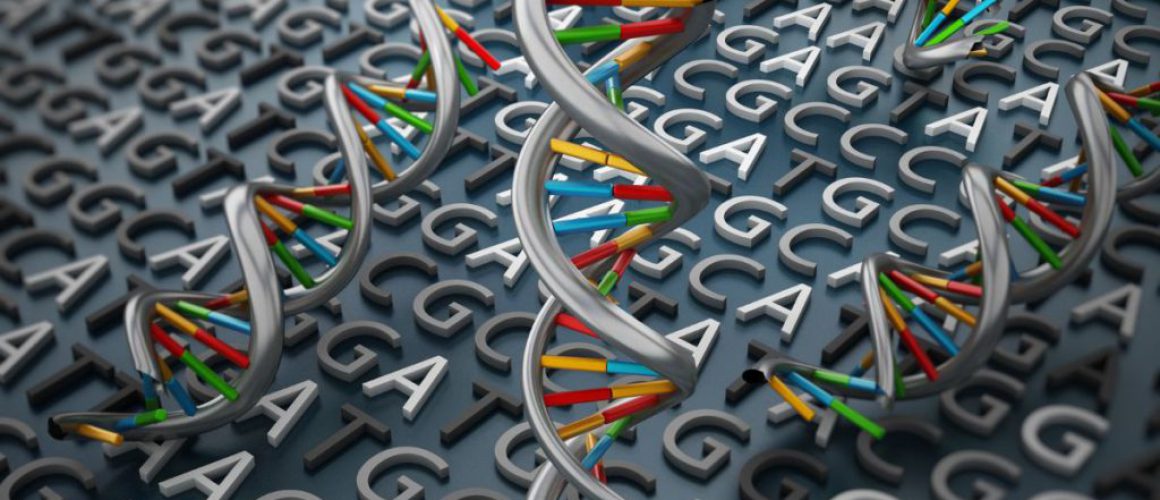Deciphering the Genetic Code: The Role of DNA and RNA in Molecular Biology
Table of Contents
“Deciphering the Genetic Code” might sound like cracking a secret spy cipher, but it’s actually the fascinating world of Molecular Biology! Join me, as I share my personal journey of exploring the intricate dance of DNA and RNA.
Introduction
When I first heard the term ‘genetic code’, I was intrigued by the mystery it seemed to hold. As I delved deeper into the world of Molecular Biology, I discovered the fascinating role of DNA and RNA. This journey has been nothing short of a thrilling adventure, and I’m excited to share my insights with you.
The genetic code is nearly universal, and the same specific DNA sequence codes for the same amino acid in all organisms with only a few minor exceptions. This is a key piece of evidence that all life shares a common origin.
My fascination with the genetic code began during my first year at Mahidol University. I remember sitting in my Molecular Biology class, listening to the professor explain the intricacies of DNA and RNA. The idea that these tiny molecules held the blueprint for life was mind-boggling. I remember staying up late that night, reading everything I could find on the subject. That was the moment I knew I wanted to delve deeper into this field.
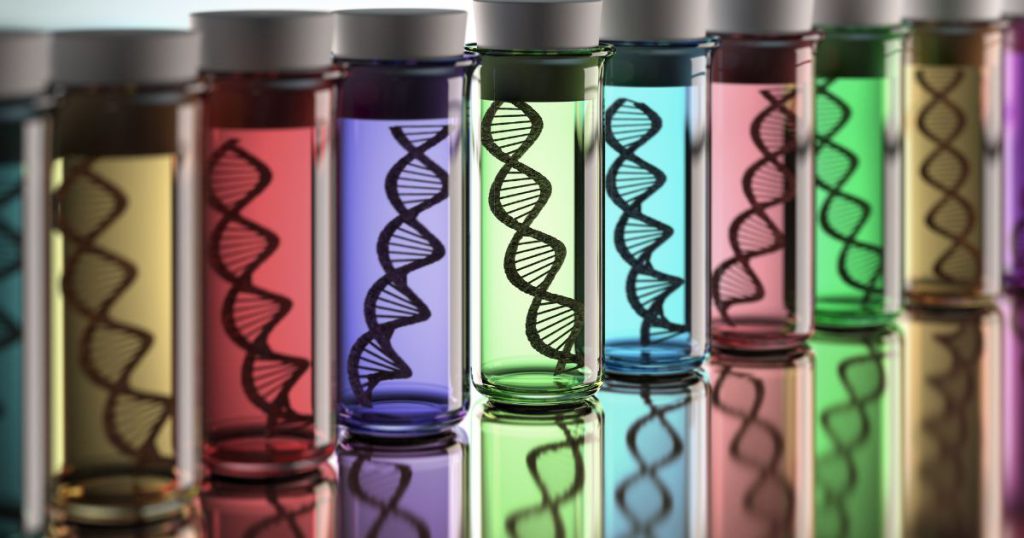
Understanding the Genetic Code
The genetic code is like the language of life, and understanding it is akin to cracking a complex, yet incredibly beautiful, code. It’s a set of rules used by living cells to translate information encoded within genetic material into proteins – the workhorses of our cells. This code is universal, meaning it’s used by nearly all organisms. It’s like a universal language that all life forms speak, from the smallest bacteria to the largest whale.
The beauty of this code lies in its simplicity and elegance. Each set of three nucleotides, known as a codon, corresponds to a specific amino acid or a stop signal, providing the instructions for assembling proteins. It’s like a puzzle where each piece fits perfectly, creating a beautiful picture of life at the molecular level.
Genetic Code Characteristics
| Characteristic | Description |
|---|---|
| Universality | Almost all organisms use the same genetic code |
| Redundancy | Most amino acids are encoded by more than one codon |
| Non-overlapping | Each nucleotide is part of only one codon |
As I progressed through my studies, my understanding of the genetic code deepened. I began to see it not just as a set of rules, but as a complex language that cells use to communicate. This shift in perspective transformed the way I approached my studies.
Instead of simply memorizing facts, I started to focus on understanding the underlying principles and mechanisms. This deeper understanding allowed me to see the bigger picture and appreciate the elegance and complexity of life at a molecular level.
The human genome is composed of more than 3 billion base pairs of DNA, which are organized into 23 pairs of chromosomes. Each chromosome contains hundreds to thousands of genes, which carry the instructions for making proteins.
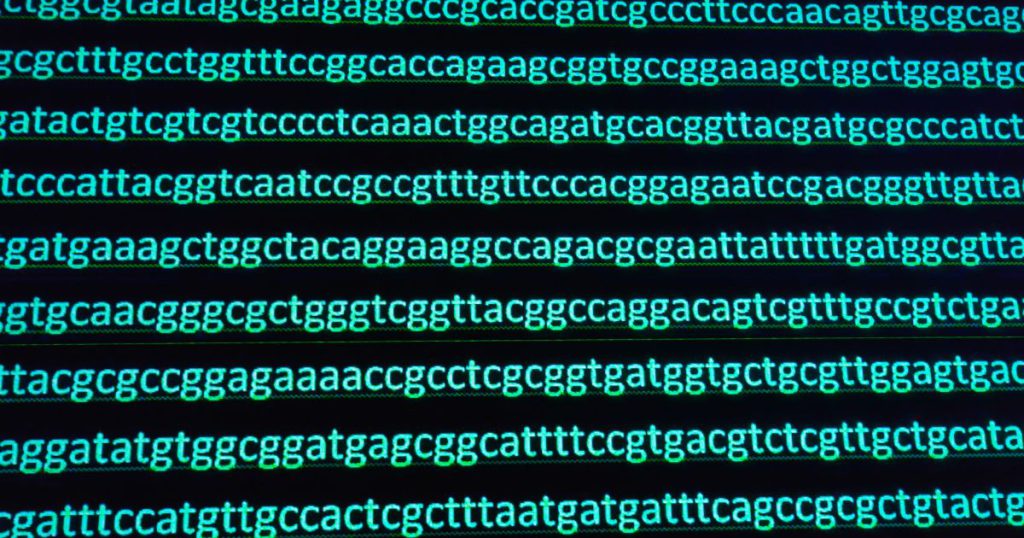
The Role of DNA in the Genetic Code
DNA, with its iconic double helix structure, is the blueprint of life, holding the instructions for the development and functioning of all living organisms. It’s like a cookbook with recipes for creating different proteins. Each DNA molecule is made up of nucleotides, and the sequence of these nucleotides is what determines the genetic code. This code is written in a four-letter alphabet, with each letter representing a different nucleotide: adenine (A), thymine (T), cytosine (C), and guanine (G).
The order of these letters is what determines the instructions for building proteins. It’s like the way the order of letters in a word gives the word its meaning. And just as changing a single letter can change the meaning of a word, changing a single nucleotide can change the protein that is produced, sometimes with dramatic effects.
The genetic code is the set of rules by which information encoded in genetic material (DNA or RNA sequences) is translated into proteins (amino acid sequences) by living cells.
The Role of RNA in the Genetic Code
If DNA is the blueprint, then RNA is the diligent builder that reads and translates the blueprint into proteins, the building blocks of life. RNA is the intermediary between DNA and proteins, carrying the information from the DNA to the protein-building machinery of the cell.
This process, known as transcription, involves copying the DNA sequence into an RNA sequence. The RNA then leaves the nucleus and travels to the ribosomes, the protein factories of the cell. Here, the RNA sequence is read, or translated, into a sequence of amino acids, forming a protein. It’s like translating a foreign language into your native language, allowing you to understand and follow the instructions.
DNA and RNA Differences
| Property | DNA | RNA |
|---|---|---|
| Sugar | Deoxyribose | Ribose |
| Bases | A, T, C, G | A, U, C, G |
| Structure | Double-stranded | Single-stranded |
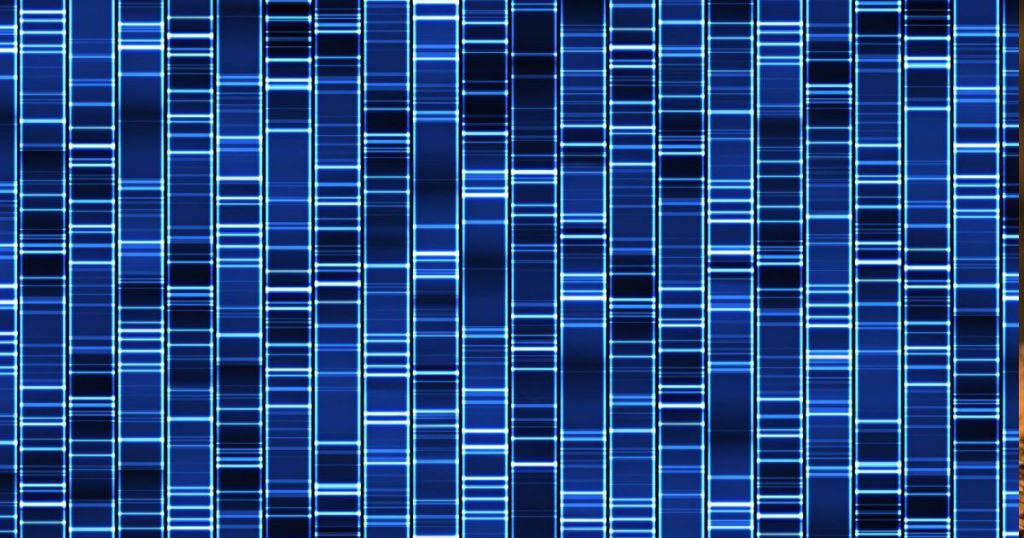
Marshall Nirenberg and the Deciphering of the Genetic Code
Major Players in Deciphering the Genetic Code
- Marshall Nirenberg
- Har Gobind Khorana
- Robert W. Holley
The journey of deciphering the genetic code would be incomplete without mentioning the significant contributions of Marshall Nirenberg, whose work at the National Institutes of Health led to a groundbreaking understanding of the genetic code. His discovery of how codons in the RNA correspond to amino acids in proteins was a monumental step in the field of molecular biology. Nirenberg’s work was like solving a complex puzzle, with each piece revealing more about the intricate language of life.

His experiments, which involved feeding synthetic RNA sequences to bacterial cells and observing the proteins they produced, allowed him to match each codon to its corresponding amino acid. This was a major breakthrough, as it provided the key to reading the genetic code.
Marshall Nirenberg’s Contributions
| Year | Contribution |
|---|---|
| 1961 | First to decipher a codon |
| 1962 | Identified 54 out of 64 codons |
| 1966 | Completed the genetic code |
Codons: The ‘Words’ of the Genetic Code
Codons, sequences of three nucleotides, are the ‘words’ in the language of the genetic code, each corresponding to a specific amino acid. Just as letters form words in a sentence, nucleotides form codons in the genetic code. Each codon is like a word that carries a specific instruction, telling the cell which amino acid to add next during protein synthesis. There are 64 possible codons, but only 20 amino acids, meaning that most amino acids are coded for by more than one codon.
This redundancy is one of the features that makes the genetic code so robust, as it provides a buffer against mutations. It’s like having synonyms in a language, where different words can convey the same meaning.
Codons and Corresponding Amino Acids
| Codon | Amino Acid |
|---|---|
| AUG | Methionine |
| UUU | Phenylalanine |
| GGU | Glycine |
| UCU | Serine |
| CAG | Glutamine |
| UGG | Tryptophan |
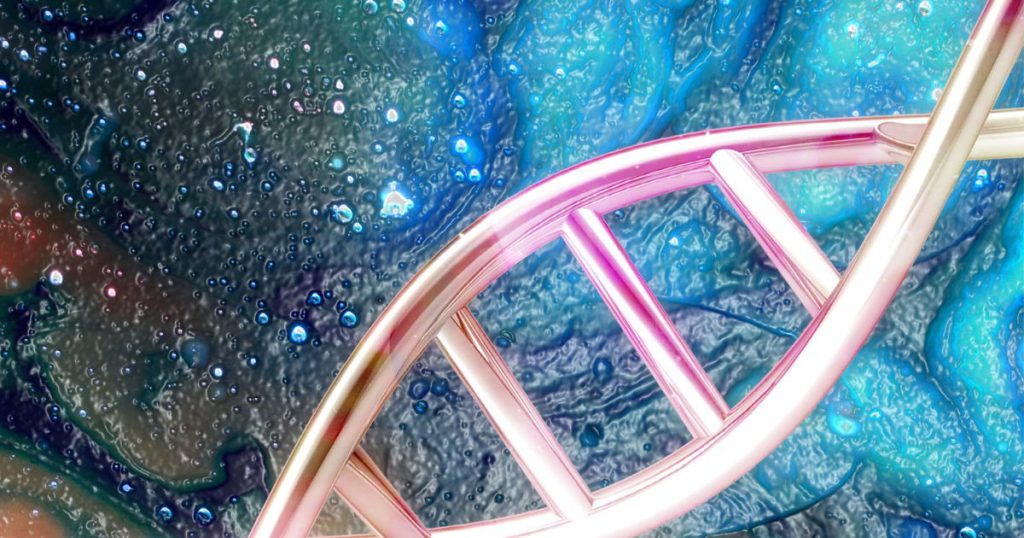
The Connection Between Nucleotides and Amino Acids
The beauty of the genetic code lies in its simplicity – how sequences of nucleotides in DNA and RNA translate into sequences of amino acids in proteins. This process, known as translation, is a fundamental aspect of all life on Earth. It’s like a dance, where each step is precisely choreographed to ensure the correct sequence of amino acids.
This dance of translation is carried out by the ribosome, a complex molecular machine that reads the RNA sequence and assembles the corresponding amino acids into a protein. It’s a process that’s happening right now in every cell of your body, a testament to the incredible complexity and beauty of life.
The genetic code is also remarkably robust. Despite the fact that errors can occur during DNA replication or transcription, the genetic code has built-in redundancy that helps to minimize the impact of these errors. This redundancy, known as degeneracy, means that most amino acids are encoded by more than one codon. It’s like having multiple ways to say the same thing in a language, providing a buffer against mistakes.
Finally, the genetic code is universal, used by almost all organisms on Earth. From bacteria to humans, we all use the same code to translate our genetic information into proteins. This universality is a powerful piece of evidence for the common ancestry of all life on Earth. It’s like finding a message written in the same language across different continents, suggesting a common origin.
The Impact of Deciphering the Genetic Code
Key Takeaways from Deciphering the Genetic Code
- The genetic code is the language of life, translating information in DNA and RNA into proteins.
- DNA holds the blueprint of life, while RNA reads and translates this blueprint into proteins.
- Codons, sequences of three nucleotides, correspond to specific amino acids in proteins.
- Deciphering the genetic code has revolutionized our understanding of life and opened up new frontiers in medical technology.
Deciphering the genetic code has revolutionized our understanding of life and opened up new frontiers in medical technology. From the development of new drugs to the treatment of genetic disorders, the implications are vast and far-reaching. It’s like being given the key to a treasure chest, unlocking a wealth of possibilities for understanding and manipulating life at the molecular level.
The ability to read the genetic code has also enabled the development of genetic engineering and biotechnology. These technologies allow us to modify the genetic code of organisms, leading to the creation of genetically modified organisms (GMOs) with enhanced traits. It’s like being able to edit a recipe, adding or removing ingredients to create a desired outcome.
Moreover, understanding the genetic code has profound implications for medicine. It has enabled the development of personalized medicine, where treatments are tailored to an individual’s genetic makeup. It’s like having a tailor-made suit, designed to fit perfectly with your unique body shape. This has the potential to revolutionize the treatment of diseases, making medicine more effective and less prone to side effects.
Genetic Code Impact
| Field | Impact |
|---|---|
| Medicine | Enabled personalized medicine |
| Biotechnology | Enabled genetic engineering |
| Evolutionary Biology | Provided evidence for common ancestry |

Conclusion
As I reflect on my journey through Molecular Biology, I am continually amazed by the elegance and complexity of the genetic code. It’s a testament to the intricate and beautiful design of life, and I’m excited to see where this knowledge will take us in the future. It’s like standing on the edge of a vast ocean, knowing that there are countless discoveries waiting to be made.
The genetic code is more than just a set of instructions for making proteins. It’s a story, written in a language that we are only just beginning to understand. It’s a story of how life evolved, of how we are all connected, and of the incredible complexity and diversity of life on Earth.
And as we continue to decipher this code, we are also writing our own story. A story of discovery, of understanding, and of our place in the grand tapestry of life. It’s a story that I am proud to be a part of, and one that I look forward to continuing to explore in the years to come.
This post is part of the Molecular Biology category and belongs to the series Molecular Biology: A Comprehensive Guide for Medical Technology
Also have a look at my other posts: Immunofluorescence Staining: My Experience with Nasopharyngeal Carcinoma Cells and DNA vs RNA: Understanding Their Roles and Differences in Molecular Biology
Frequently Asked Questions
What is genetic code and deciphering of genetic code?
The genetic code is the set of rules that translates the information encoded in genetic material (DNA or mRNA sequences) into proteins (amino acid sequences). Deciphering the genetic code refers to the process of understanding these rules, essentially how sequences of nucleotides specify which amino acid will be added next during protein synthesis.
How was the genetic code deciphered?
The genetic code was deciphered through a series of experiments in the 1960s, primarily by Marshall Nirenberg and his team at the National Institutes of Health. They used synthetic RNA sequences to determine which amino acids corresponded to which sets of three nucleotides, known as codons.
What is the importance of genetic code in molecular biology?
The genetic code is fundamental to life as it governs how organisms are built. It allows the information stored in DNA to be translated into the proteins that perform most of the functions in a cell. Understanding the genetic code has also allowed for advancements in biotechnology, including genetic engineering and synthetic biology.
Who played a major role in deciphering the genetic code?
Marshall Nirenberg, a biochemist at the National Institutes of Health, played a major role in deciphering the genetic code. His groundbreaking experiments in the 1960s helped to reveal the nature of the code and how it is read in cells.
What is the genetic code of DNA and RNA?
The genetic code of DNA and RNA is a set of rules that specify how the sequences of nucleotides in DNA and RNA molecules are translated into the amino acid sequences of proteins. In both DNA and RNA, sets of three nucleotides, known as codons, correspond to specific amino acids.
What is the purpose of the genetic code?
The purpose of the genetic code is to provide the instructions for the synthesis of proteins, which are essential for the structure, function, and regulation of an organism’s cells, tissues, and organs. Each gene in the DNA molecule holds the instructions for making a specific protein.
Who deciphered the DNA code?
The DNA code, or genetic code, was deciphered by several scientists, but the most significant contribution was made by Marshall Nirenberg and his team at the National Institutes of Health in the 1960s.
What are the characteristics of genetic code in molecular biology?
The genetic code is universal, meaning it is the same in all organisms. It is also redundant, with most amino acids being encoded by more than one codon. The code is unambiguous, with each codon specifying only one amino acid, and it is conservative, meaning that when multiple codons specify the same amino acid, the first two bases are usually the same.
Where does RNA take the genetic code?
RNA takes the genetic code from the DNA in the nucleus to the ribosomes in the cytoplasm of the cell. This process is known as transcription. The RNA, now carrying the genetic code, is then used to synthesize proteins in a process known as translation.
How does DNA and RNA code for proteins and determine traits?
DNA and RNA code for proteins through the process of transcription and translation. The sequence of nucleotides in DNA and RNA determines the sequence of amino acids in a protein, which in turn determines its structure and function. These proteins are responsible for many of the traits we see in organisms.
How does DNA code translate into RNA code?
The DNA code is transcribed into RNA code in a process known as transcription. During transcription, an enzyme called RNA polymerase binds to the DNA and synthesizes a complementary RNA strand, effectively translating the DNA code into RNA code.
This post is part of my Molecular Biology series in the Molecular Biology Category. Please also check out my other posts Immunofluorescence Staining: My Experience with Nasopharyngeal Carcinoma Cells and The Symphony of the Cell: Cell Signaling in Molecular Biology
Sources
The Genetic Code. The Molecular Basis for Genetic Expression by L. Woolf. Published in Journal of Medical Genetics, 1968.
Sean Schepers is a third-year Medical Technology student at Mahidol University with a passion for all things health and medicine. His journey into the world of medicine has led him to explore various fields. Sean's blog posts offer a unique perspective, combining his academic insights with personal experiences. When he's not studying or blogging, Sean enjoys keeping up with politics and planning his future career in medicine.
In addition to his studies, Sean serves as the chairman of the Rights, Liberties, and Welfare Committee, a role that reflects his commitment to advocacy and social justice. Beyond his academic pursuits, Sean offers tutoring services in English and Biology, further demonstrating his dedication to education and mentorship. His journey is one of continuous discovery, and he invites others to join him as he explores the dynamic and transformative world of medical technology.

